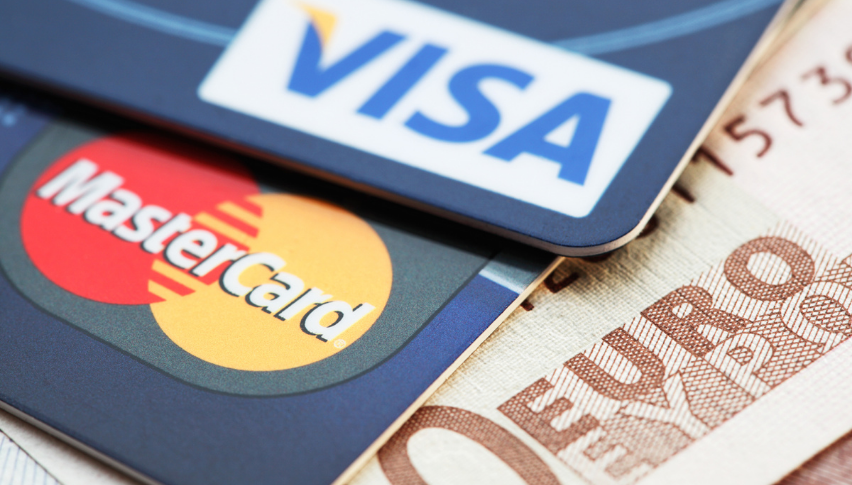Alright, folks, let’s break down this Kabeier (卡倍亿) news. The company just announced a share buyback plan, aiming to repurchase between 200 million and 300 million yuan worth of its stock. That translates to roughly 2.82 to 4.23 million shares, representing a 2.09% to 3.13% slice of the company’s total equity. The price? They’re capped at 71 yuan per share.

Now, here’s where it gets interesting. Why are they doing this? Officially, it’s for employee stock incentives and potentially converting convertible bonds. But let’s be real, in a market like this, a buyback is often a signal – a way to bolster investor confidence when organic growth is…let’s just say challenging.
This buyback isn’t necessarily a slam dunk. It could indeed be a show of faith in the company’s future prospects. However, it is critical to monitor the execution of this plan, and see if the actual buyback aligns with the announced range, as market sentiment is crucial in these kinds of scenarios.
Let’s delve a bit deeper into share buybacks.
Share buybacks occur when a company repurchases its own outstanding shares from the open market. This reduces the number of shares available, potentially increasing earnings per share and boosting stock price.
Companies utilize buybacks for several reasons – to return capital to shareholders, signal undervaluation, or offset dilution from employee stock options. It’s a financial engineering tool, plain and simple.
However, critics argue that buybacks prioritize short-term gains over long-term investments, potentially hindering innovation and growth. The rationale behind the move should always be thoroughly examined.
In Kabeier’s case, tying it to employee incentives is smart. It aligns employee interests with shareholders. But the convertible bond conversion aspect needs scrutiny, as it can shift the capital structure of the company in subtle ways.






